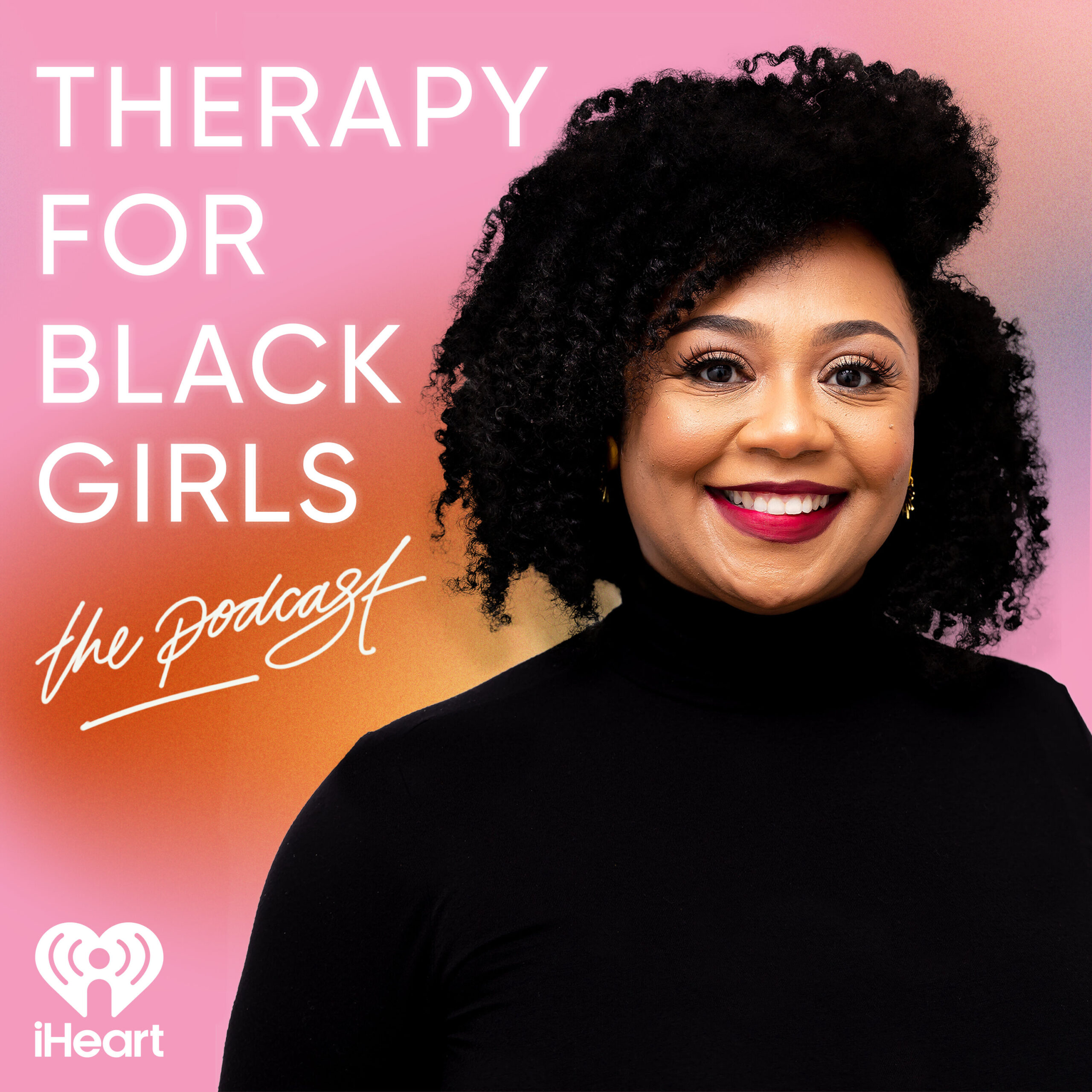Does CBT Teach Your Prefrontal Cortex To Keep Emotions In Check?
In 2014, science journalist Emily Anthes wrote a piece on cognitive behavioural therapy (CBT). Here are a few of the highlights from Anthes’ piece (and 2023 research updates  .)
.)
Cognitive behavioural therapy (CBT) lifts depression 
CBT aims to help people to identify and change negative, self-destructive thought patterns. The programme equipped patients with the skills they needed to critically examine their negative beliefs and become their own therapists.
It doesn’t work for everyone, but the stats on recovery showed an interesting story when compared to pharmacotherapy:
- 42–66% of patients no longer meet the criteria for depression after CBT.
- 22–40% of patients emerge from depression with drugs alone.
What are the ‘active ingredients’ of CBT?
CBT ‘works’ (for 42-66% of depressed people), but no one knows the ‘active ingredients’. Changed thought patterns? Positive thinking? The bond with the therapist? 
Does the therapy relieve depression by changing someone’s thought patterns, or is the new pattern of positive thinking a consequence of someone’s improved mental health?
Research into the CBT mechanism
To begin to unravel the mechanisms, researchers studied recordings of CBT sessions.
“…what you want to do is get inside the moment or moments when someone has a positive therapeutic change and try to understand what’s shifting in just those moments.”
Research has revealed any depressed adults undergoing CBT experienced ‘sudden gains’, in which their symptoms lessened significantly between two therapeutic sessions. These rapid changes accounted for more than half of the patients’ total improvement over the course of treatment. Indeed altering a person’s thinking style may indeed lead to recovery. 
Researchers have also shown that learning mental coping skills may be the most critical kind of cognitive change during CBT.
“The cardinal skill is catching your thoughts in a moment where your mood takes a turn for the worse and thinking through the accuracy of your thoughts at that moment.”
Brain imaging studies have focussed on two brain areas—the prefrontal cortex, responsible for complex mental tasks such as self-control and planning, and the limbic system — including the amygdala — which is involved in emotional processing.
In healthy people, the prefrontal cortex can inhibit amygdala activity, keeping emotions in check. But imaging shows that in many people with depression, the prefrontal cortex seems to be less active.
“Depressed people have what you might think of as a trigger-happy amygdala.”
One study showed that depressed adults had increased activity levels in the amygdala when performing an emotional task and reduced activity levels in the dorsolateral prefrontal cortex when performing a cognitive task. CBT reversed this situation.
Researchers speculate that CBT — focusing on controlling thoughts — re-engages the underactive prefrontal cortex, which, in turn, helps to quieten the hyperactive limbic system. 
“Cognitive therapy teaches you to step in and use your prefrontal cortex rather than letting your emotions run away.”
New  and important
and important  2023 Research Updates:
2023 Research Updates:
 The impact of CBT for depression is modest to large, and it persists for at least a year after therapy has ended.
The impact of CBT for depression is modest to large, and it persists for at least a year after therapy has ended.
A 2023 meta-analysis of 409 trials (including 52,702 people, 27,000 of whom received CBT) found CBT for depression is effective (CBT performs better than control conditions for reducing depression symptoms up to 12 months later for many people in different situations).
However, CBT was not superior to over other psychotherapies for depression. The research also concluded CBT appears to be as effective as pharmacotherapies in the short term but more effective in the longer term.
 People who experience a ‘sudden gain’ during their CBT sessions tend to have better longer-term outcomes following treatment.
People who experience a ‘sudden gain’ during their CBT sessions tend to have better longer-term outcomes following treatment.
However, these changes tend to have a more significant effect on recovery for those with depression or anxiety when compared to those receiving CBT for other mental health conditions. The number of CBT sessions can also diminish the improvements following a ‘sudden gains’ experience.
Interestingly, depression severity doesn’t influence the ‘sudden gains’. Instead, individuals with considerable variability in their symptoms are more likely to experience sudden gains. This suggests cognitive flexibility could be a key contributor to this CBT phenomenon.
 New brain imaging research has revealed that CBT strengthens the neural connections between the prefrontal cortex and the amygdala.
New brain imaging research has revealed that CBT strengthens the neural connections between the prefrontal cortex and the amygdala.
The improved connectivity between these two brain regions following CBT likely reflects enhanced top-down control of mood and emotions. CBT can reduce the activity of the amygdala (and other limbic structures), which predicts improvements in symptoms of depression and anxiety.
On the other hand, studies have observed reductions in connectivity between the prefrontal cortex and the anterior cingulate cortex following CBT. This network is involved in negative self-perception and ruminating thoughts in patients with depression. The weaker the connectivity of this pathway after CBT, the greater the improvements in depressive symptoms.
 People with mild to moderate depression may respond better to CBT than those with severe depression.
People with mild to moderate depression may respond better to CBT than those with severe depression.
However, those with severe depression can still benefit from CBT. Instead, when depressive symptoms become more severe, the patient may require a more comprehensive treatment plan. Research indicates that combining CBT with anti-depressants and controlling for other factors, such as therapists’ experience, can deliver the greatest effect for people with severe depression.
 Patient-therapist bond improves depressive symptoms.
Patient-therapist bond improves depressive symptoms.
Though the therapeutic bond can affect outcomes at all stages of therapy, it appears to have the strongest influence during the later stages of CBT. However, it’s unclear whether improvements in symptoms cause feelings of increased bonding or if the bond itself improves symptoms.
The post Does CBT teach your prefrontal cortex to keep emotions in check? appeared first on Dr Sarah McKay.










